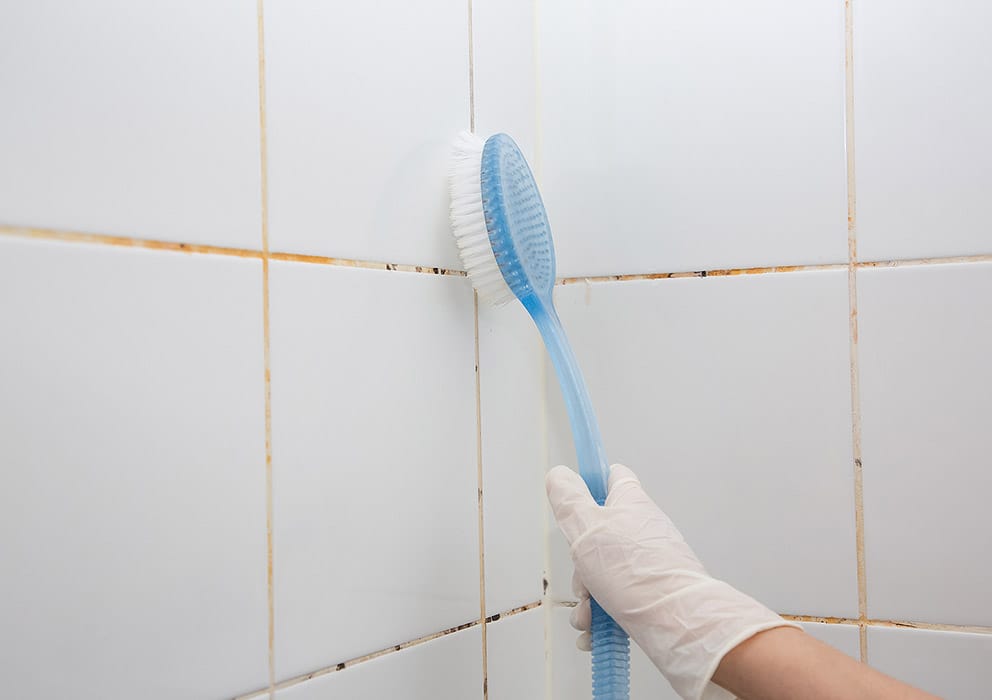Menu

If you’re battling bathroom mould, read on to discover what could be behind this unsightly – and potentially unhealthy – issue.
Unfortunately, many bathrooms provide the perfect environment that mould needs to thrive – damp, dark, and poorly ventilated. When you take a shower or bath with the door closed, you’re trapping all of the condensation inside the room. This condensation then settles on your surfaces, where it eventually leads to the development of mould.
One of the best ways to prevent this is by installing an extractor fan in your bathroom. If you can’t have one installed, consider mounting a battery-powered fan near an open window. This will help the air to circulate, dissipating condensation so it can’t become a breeding ground for mould.
It’s obviously impossible to keep your bathroom completely dry. But by allowing excess moisture to sit around, you’re hugely increasing your chance of mould. As well as encouraging air to circulate, it’s important to keep your bathroom as dry as possible in between baths or showers.
If you have tile or vinyl flooring, make sure you lay down thick bath mats to absorb any spilled water. It’s also a smart idea to wipe down your surfaces regularly with a microfibre cloth, ideally after every shower. This will help to mop up excess moisture, preventing it from settling into cracks where mould could thrive.
Many people find that their grouting can easily become a mould hotspot. This is particularly true if your grouting has started to crack, as moisture can find its way through the gaps and cause mould to grow in the crevices between your tiles.
Although you can remove surface discolouration, it’s almost impossible to get rid of the mould completely because your grouting is porous. If your once-white grouting is showing clear signs of mildew, it may be time to regrout your bathroom – but be aware you may find yourself in the same situation a few years down the line.
For a permanent solution, why not switch to PVC bathroom panels? Available in a range of impressive finishes, panels are 100% waterproof and easy to wipe down – meaning mould has no chance of getting through the cracks.
Instead of grouting, all that’s needed to fix our panels is a thin bead of silicone in between each sheet. This will create a water-tight seal, helping to protect your underlying wall from the effects of excess moisture.
Ready to say goodbye to grouting mould for good? Browse our full collection of bathroom and shower panels or give us a call on 01709 329117 to find out more.